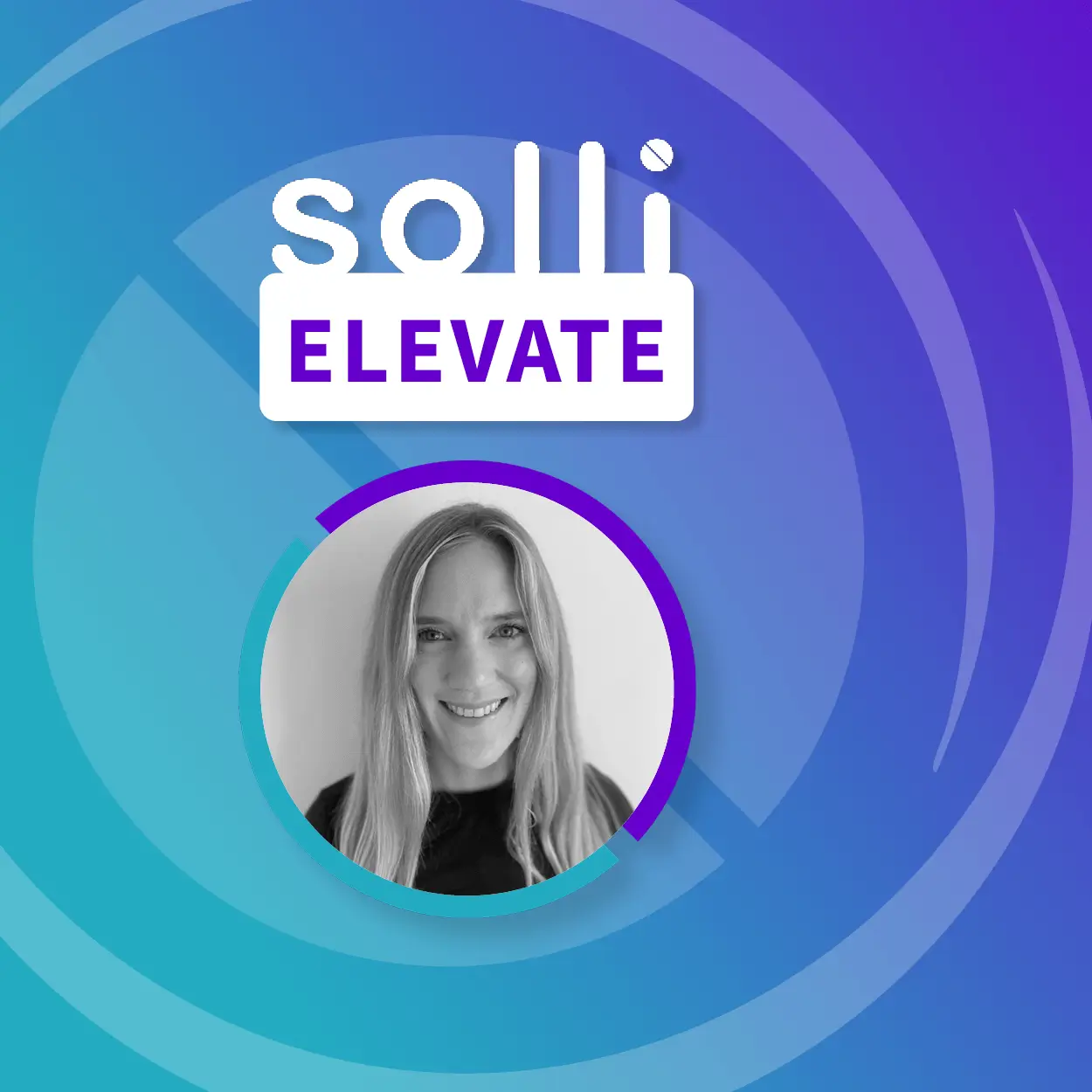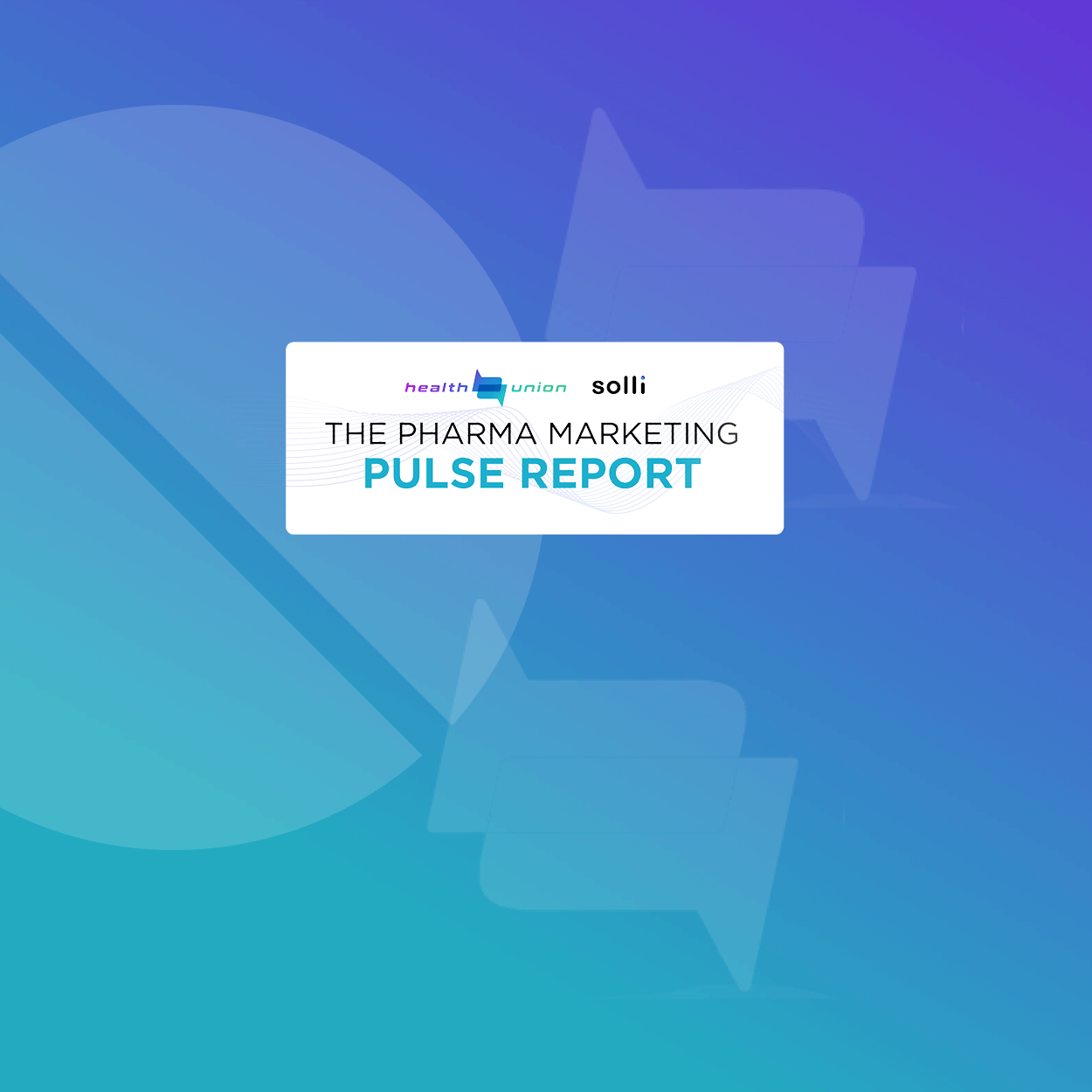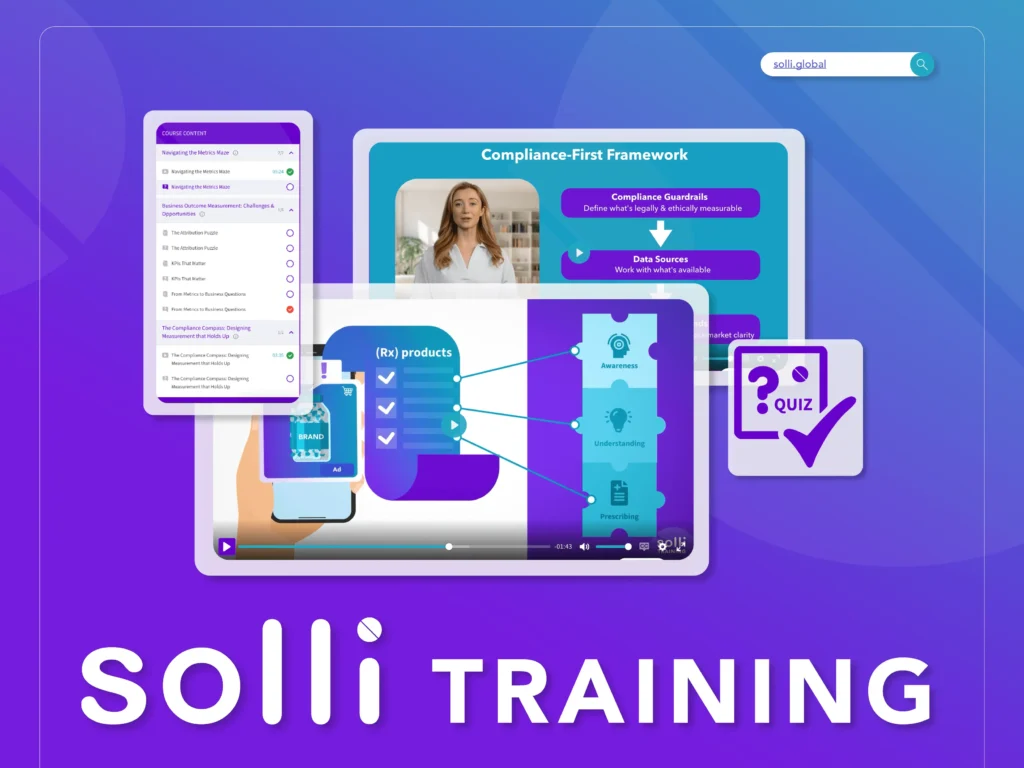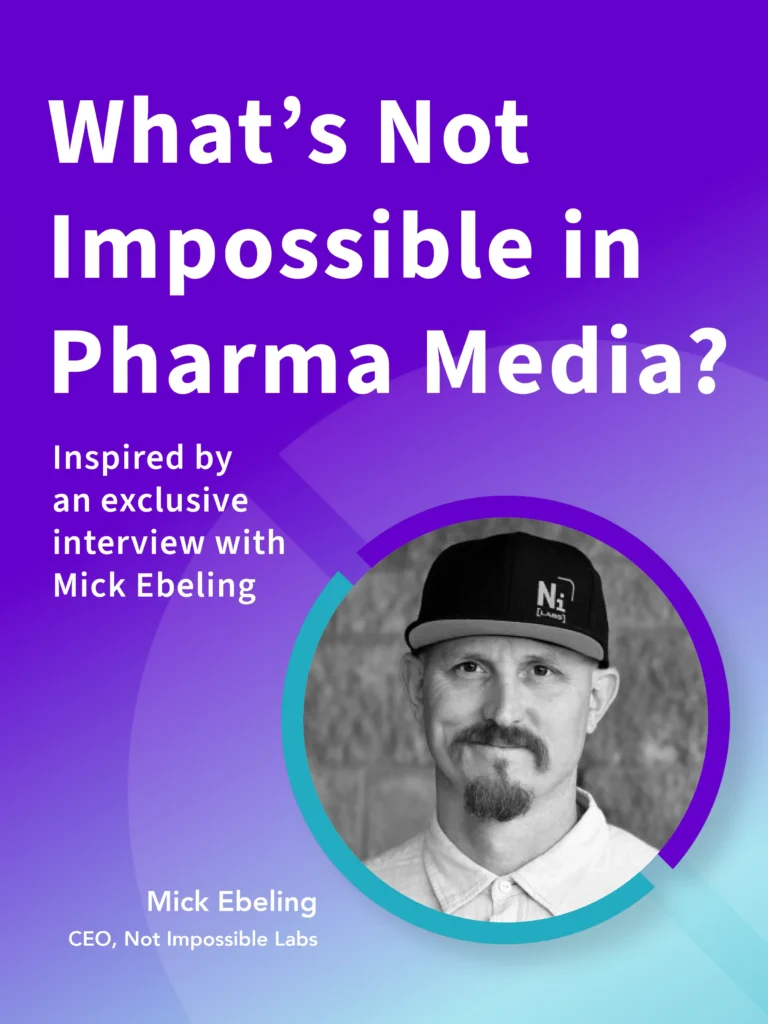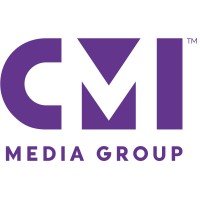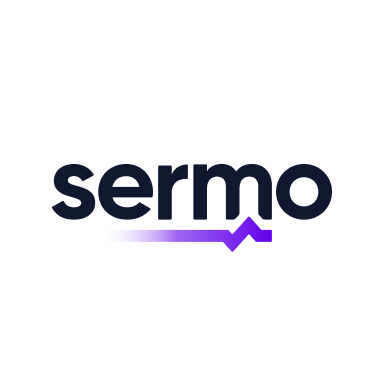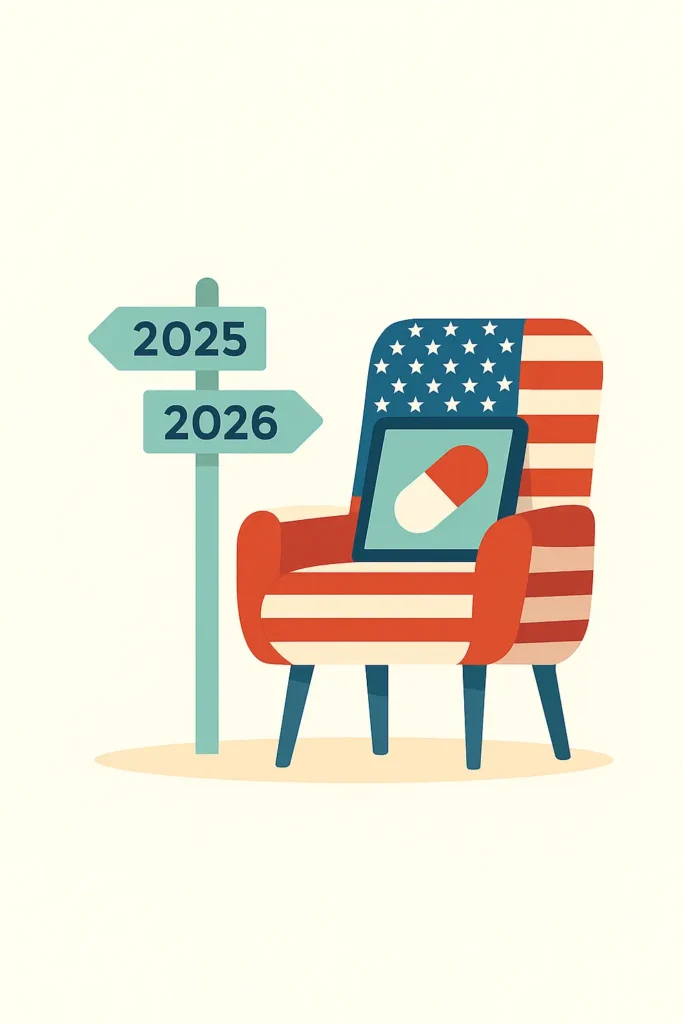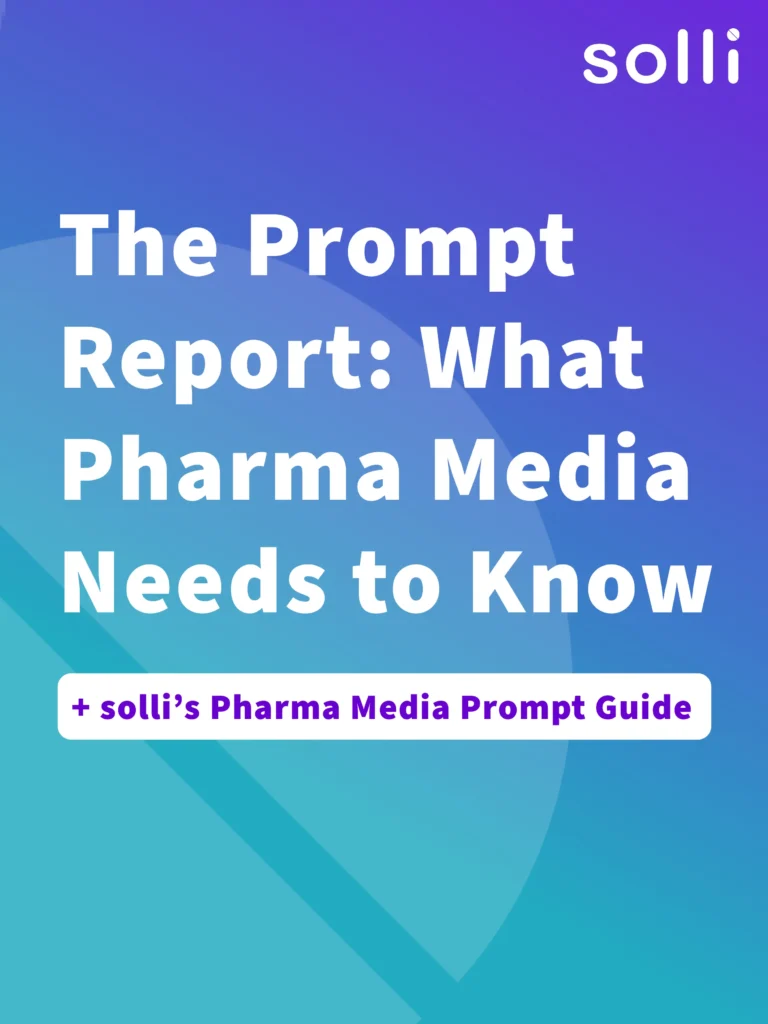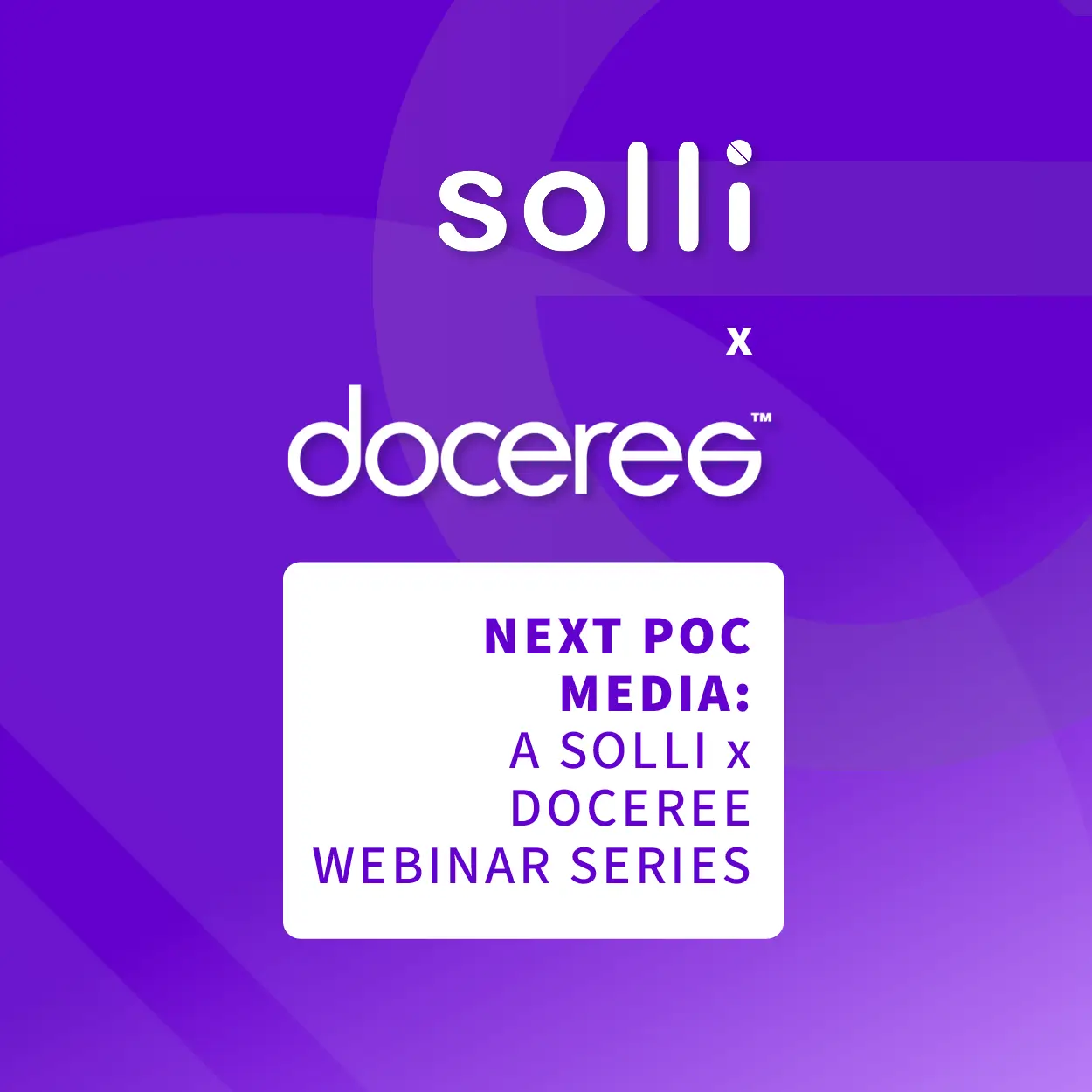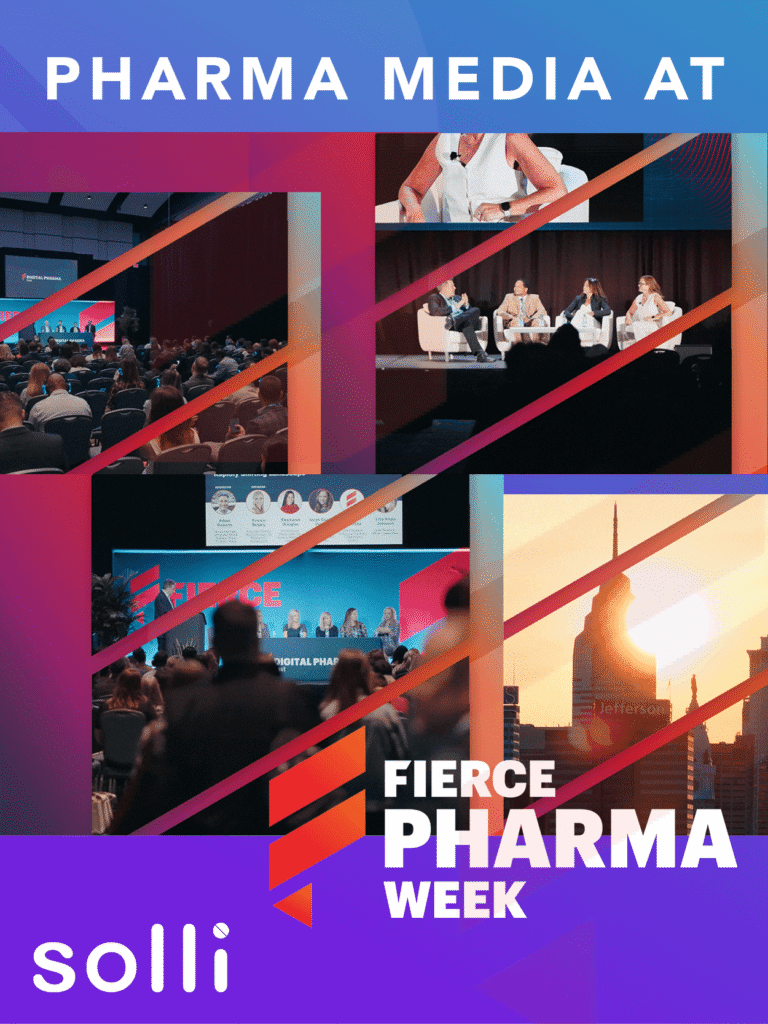US TV Insights from iSpot.tv’s Jan-Aug 2024 Pharma Ad Trends Report
Pulling out ad spend trends, creative approaches, and media strategies within US TV
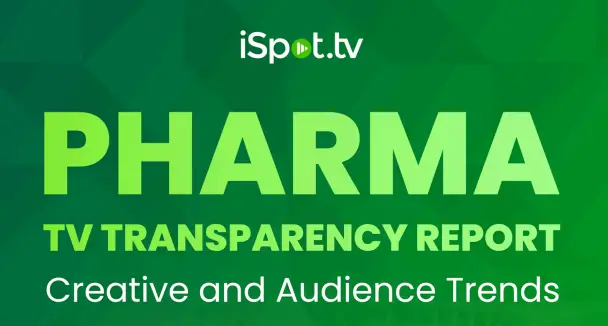
The recent Pharma Trends Report from iSpot.tv offers an in-depth look at the pharmaceutical industry’s advertising landscape for Jan-Aug 2024. Covering traditional and streaming TV advertising, the report highlights key insights into competitive ad spend, creative strategies, and shifts in audience engagement. We pull out the key elements for you below.
TV Ad Spend in Pharma: Significant Growth and Investment
Pharma brands are increasingly investing in TV advertising to drive brand awareness and product engagement, with prescription drug advertising reaching $3.42 billion in estimated national linear TV ad spend during the period – marking an 8.1% year-over-year growth. Impressions also saw a notable increase, with 54.20 billion household TV ad impressions, up 4.2% YoY. This indicates that pharma companies continue to rely on television as a primary platform, despite the industry’s shift towards digital channels.
For pharma media strategists, these figures underscore the importance of balancing traditional TV investments with growing digital budgets, especially in markets where TV remains a significant source of brand visibility.
High-Impact Programs for Pharma Advertising Reach
Prescription drug advertisers have shown a strong preference for news-related programming, as well as high-visibility events and popular daytime shows. Programs like ABC World News Tonight, Good Morning America, and The Price Is Right topped the list in terms of ad impressions, catering to a demographic that aligns well with healthcare messaging. Notably, ABC World News Tonight increased its reach by 8.5% YoY, while the 2024 Paris Olympics ranked in the top 10 despite limited airing, illustrating the event’s high-impact potential.
GLP-1 Brands and the Weight Loss Market Surge
Weight-loss medications, particularly GLP-1 receptor agonists, have emerged as one of the fastest-growing categories in TV ad spend. With brands like Wegovy and Ozempic increasing ad expenditures, this sector is seeing heightened visibility. Wegovy, for instance, surged into the top-20 TV ad spenders in 2024 after a summer boost, highlighting the rising demand and interest in these treatments.
Creative Insights: The Role of Condition-Specific Messaging
Condition-specific messaging plays a crucial role in differentiating brands within a crowded advertising space. Ads for arthritis and plaque psoriasis, for example, led in creative effectiveness scores, while migraine treatments capitalized on shorter 15- and 30-second ad formats to capture attention more effectively than longer spots. However, some conditions, such as HIV and cancer treatments, saw lower engagement, indicating that creative strategies may need to be re-evaluated in these areas.
For pharma media strategists, this finding underscores the importance of tailoring creative length and content based on the specific condition and audience. Short, concise messaging may perform better in competitive spaces where multiple brands vie for patient attention, while conditions that require more educational context might benefit from longer formats.
The Fair Balance Message (FBM): Balancing Compliance and Engagement
The report also highlights the challenges posed by regulatory requirements, particularly the Fair Balance Message (FBM), which tends to occupy a significant portion of pharma ads—35-45% of total ad length. Long FBMs, particularly in 60-second spots, were shown to reduce viewer engagement, with ad performance improving when FBMs are shorter and strategically placed.
Streaming vs. Linear: SOV Trends in Pharma Advertising
The iSpot.tv report highlights a nuanced split between linear and streaming TV ad placements, with brands in certain therapeutic areas, such as depression and insomnia treatments, investing more heavily in streaming to reach on-demand viewers. In contrast, psoriasis and skin-related treatments saw a more balanced share between streaming and linear TV.
It seems from the report that streaming platforms are particularly used for targeting conditions associated with younger or more tech-savvy audiences, whereas traditional TV may still provide broader reach for other therapeutic categories.
solli’s Final Thoughts
The iSpot.tv H1 2024 Pharma Trends Report reveals insights into the evolving pharma advertising landscape. For pharma media professionals, these trends underscore the need for a dynamic media strategy that adapts to both traditional and digital channels. As TV remains a powerful tool for reaching wide audiences, the rise in streaming and condition-specific creative strategies presents new opportunities to refine campaigns and better engage healthcare providers and patients alike.
To read the full report click here.

